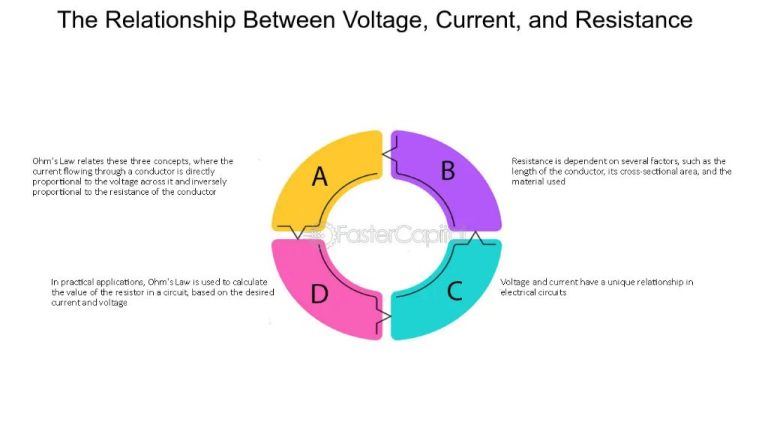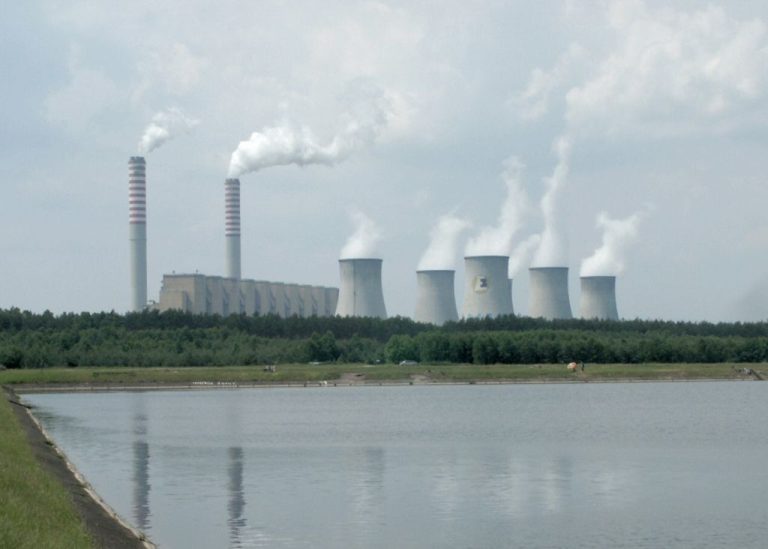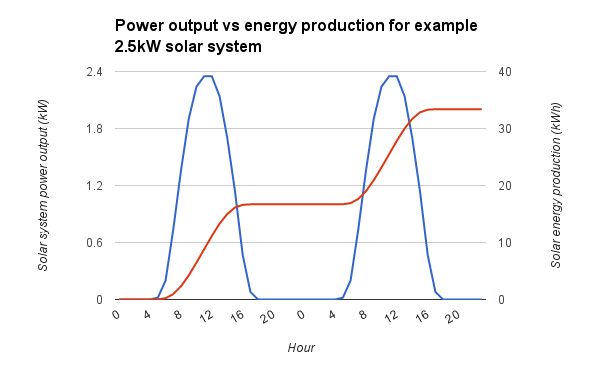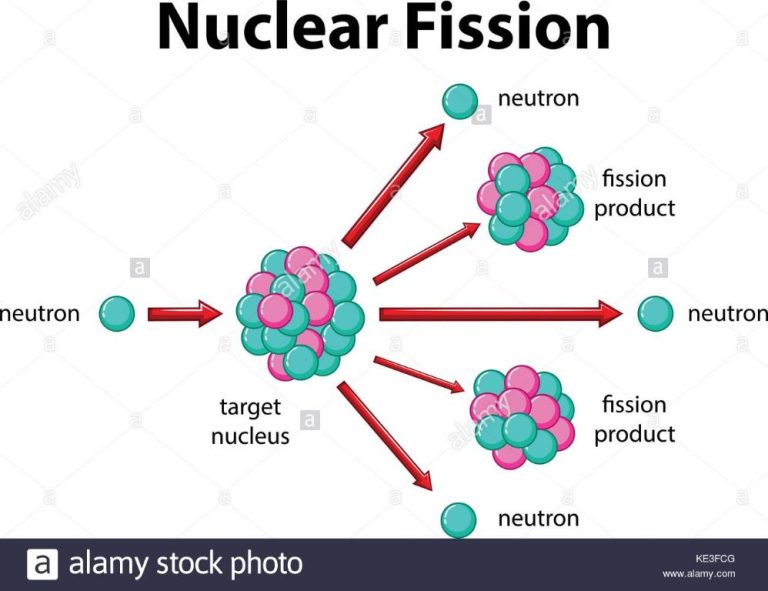What Will Be The Main Energy Source In 2050?
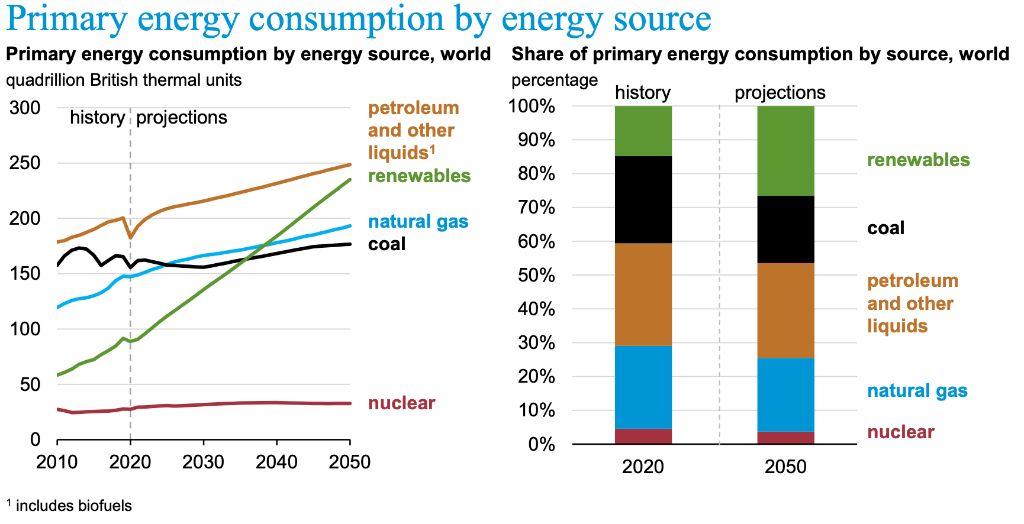
What will the energy landscape look like 30 years from now? Energy is essential for modern life, powering our homes, businesses, transportation, and technology. As the global population continues growing and developing nations industrialize, energy demand is projected to increase dramatically in the coming decades. But with concerns about climate change and fossil fuel depletion mounting, there is pressure to shift towards renewable sources. So which energy technologies will dominate in 2050?
Predicting future energy trends is challenging but crucial for guiding infrastructure development, investments, and policy decisions. This article analyzes current consumption patterns, emerging technologies, and expert forecasts to project the likely primary energy source that will prevail in 2050.
Current Energy Landscape
The current global energy landscape is dominated by fossil fuels like oil, coal, and natural gas. In 2018, fossil fuels accounted for over 80% of total primary energy supply according to the International Energy Agency (IEA) [1]. The remaining energy supply came from nuclear power (4.4%), hydroelectricity (2.4%), and other renewables like wind, solar, geothermal, and biofuels (2.2%).
Fossil fuels have been the dominant energy source for over a century because they have high energy density, are relatively inexpensive to extract and use, and the infrastructure is already in place. However, burning fossil fuels produces carbon dioxide emissions that contribute significantly to climate change. Fossil fuels are also nonrenewable resources that will eventually be depleted.
Nuclear power provides steady baseline power without carbon emissions, but faces challenges related to reactor accidents, radioactive waste disposal, weapons proliferation, and high upfront capital costs. Hydroelectricity is renewable but restricted by geography and impacts on ecosystems and communities. Other renewables like wind and solar are rapidly growing but currently supply a small fraction of global energy demand.
According to the IEA, total global energy demand increased by 2.3% in 2018, the largest growth in a decade. This growth was driven by rising energy needs in developing countries. IEA projects global energy demand to increase by over 25% by 2040 under current policies. Most of this growth is expected to come from non-OECD countries.
Projecting Future Energy Needs
Energy demand is closely tied to population and economic growth. As the global population increases and economies expand, total energy consumption is also expected to rise. However, improvements in energy efficiency could help curb demand growth. According to the U.S. Energy Information Administration (EIA), global energy consumption will grow by nearly 50 percent between 2020 and 2050.
The EIA projects that world energy usage will grow from 639 quadrillion British thermal units (Btu) in 2020 to 930 quadrillion Btu in 2050, an increase of 45 percent. This growth is attributed to rising incomes around the world, particularly in non-OECD nations. Increased access to electricity and clean cooking facilities in developing countries will also boost demand. At the same time, energy intensity is expected to decline at an average annual rate of 1.7 percent globally as efficiencies improve.
Similarly, ExxonMobil forecasts a 55 percent increase in global energy demand from 2020 to 2050. The largest source of demand growth comes from non-OECD nations, especially India and Southeast Asia. Exxon expects renewable energy’s share of the global energy mix to expand from 5 percent today to approximately 11 percent by 2050.
While projections differ across sources, most agree that total energy consumption will continue rising over the next few decades, with developing nations accounting for most of the growth. However, the growth of low-carbon energy sources and efficiency gains may help restrain the increase in demand.
Fossil Fuels
Fossil fuels like oil, natural gas, and coal are expected to see a substantial decline in the coming decades. According to the International Energy Agency, fossil fuel use must decline sharply to reach net zero emissions by 2050. Under their Net Zero scenario, oil demand falls 75% and natural gas 55% by 2050 compared to 2020 levels. Coal use declines by 90% in advanced economies.
There are several key factors constraining future fossil fuel use:
- Climate policy and emissions reductions targets like net zero pledges will incentivize switching away from high-carbon fuels like coal.
- Cost reductions and growth in renewables like solar PV and wind will reduce demand for fossil fuels in the power sector.
- Peak oil demand is projected to occur in the 2030s according to EIA projections, as efficiency and electric vehicles reduce oil demand.
- Natural gas demand may peak by 2030 or earlier in advanced economies according to the IEA.
- Coal use will decline the most rapidly, constrained by climate policy and cheaper alternatives.
However, some fossil fuel use is still projected to remain in 2050 for applications like planes and heavy industry where alternatives are harder to implement. This means oil, gas and coal will likely still comprise a substantial portion of the energy mix by mid-century.
Renewable Energy
Renewable energy sources such as solar, wind, hydro, biofuels and geothermal are expected to experience significant growth through 2050. According to the U.S. Energy Information Administration (EIA), renewable generation is projected to supply 44% of U.S. electricity by 2050, up from 21% in 2020.
Solar and wind are anticipated to lead renewable growth. The EIA projects that by 2050, solar generation will increase more than twentyfold and wind generation will increase more than twofold. This is driven by declining costs and supportive policies.
Technological improvements are making renewable energy increasingly cost-competitive with conventional sources. According to the International Energy Agency (IEA), the global weighted average cost of electricity from utility-scale solar PV fell 85% between 2010 and 2020.
The cost of onshore wind electricity also declined significantly over the past decade, with costs falling by 56% between 2010 and 2020. Continued technology advancements and economies of scale will further reduce renewable energy costs in the coming decades.
Sources:
EIA projects that renewable generation will supply 44% of U.S. electricity by 2050
Net Zero by 2050 – Analysis
Nuclear Energy
Nuclear power currently provides around 10% of the world’s electricity, but its share is projected to grow to meet increasing electricity demand (IAEA, 2022). The IAEA’s high case projection estimates that nuclear energy could contribute about 12% of global electricity by 2050, up from 11% in 2020 (IAEA, 2021). This growth is contingent on overcoming constraints around cost, safety concerns, and public perception.
New nuclear reactor designs focusing on small modular reactors (SMRs) and next generation advanced reactors aim to be safer and more cost effective. But high upfront capital costs could limit growth unless new financing models emerge. Strong policy support will likely be needed to bring new advanced reactors to market (IAEA, 2023).
While nuclear power has a low carbon footprint, major historical accidents have created public fear about reactor and waste safety. New generation III/III+ reactor designs incorporate enhanced safety features and standardized designs to minimize risk (IAEA, 2022). But even with technical improvements, public perception issues remain a barrier in many countries. Careful siting, community engagement, transparent operations, and safe long-term waste storage solutions will be key to gaining public trust (IAEA, 2021).
If advanced nuclear designs can overcome economic barriers, and public concerns around waste and safety are addressed, nuclear power has the potential to provide clean, reliable baseload electricity at scale. However, growth depends on favorable policies, financing, public acceptance, and successfully managing nuclear proliferation risks.
Energy Storage
Energy storage will play a critical role in enabling the integration of renewable energy sources like wind and solar onto the grid. Intermittent renewables require storage to smooth out their variable production and provide power when the wind isn’t blowing or sun isn’t shining. According to research from MIT, the share of electricity provided by renewables needs to increase from 20% today to 55% by 2050 to achieve climate change goals, which will require massive amounts of new storage capacity.
There are several promising storage technologies that provide different tradeoffs between cost, lifespan, response time, safety, and sustainability. Lithium-ion batteries have seen massive cost declines recently and can respond very quickly, but have limited lifespans. Other types of batteries like flow batteries and solid-state batteries have potential for longer lifespans and safety advantages. Mechanical storage like pumped hydro and compressed air can store very large amounts of energy efficiently, but are geographically constrained. Thermal storage like molten salt can hold energy for many hours inexpensively, but has slower response times. Energy storage will likely continue to diversify, with different technologies serving distinct niches based on the specific needs of an application.
Policy support and stable regulatory frameworks will help drive continued innovation and cost declines across storage technologies. Wider deployment of storage can maximize utilization of renewable sources, enhance grid resilience, and unlock greater electrification of the transportation, building, and industrial sectors.
Other Emerging Technologies
In addition to renewables, fossil fuels, nuclear power, and storage, there are several other emerging technologies that could play a role in the energy mix by 2050.
One such technology is hydrogen. While hydrogen itself is not a primary energy source, it can be produced from renewable electricity and used as an energy carrier and storage medium. Some analysts predict hydrogen could account for up to 25% of final energy consumed by 2050.[1] However, most scenarios envision hydrogen being limited to specific applications like steel production, heavy transport, and seasonal electricity storage where direct electrification is difficult.
Nuclear fusion is another emerging technology that could provide massive amounts of clean energy, but it remains far from commercial viability. Major research facilities aim to demonstrate fusion by 2035, but even then it would require additional decades of development to build full-scale reactors.[2] Fusion is unlikely to significantly impact the 2050 energy mix.
Artificial photosynthesis is a bio-inspired approach to convert sunlight, water and CO2 into energy carriers like hydrogen or liquid fuels. The technology is still in early research stages, but some believe it could eventually provide a scalable, low-cost way to convert and store solar energy.
While other innovations like next-generation geothermal, floating wind turbines, and algae biofuels show promise, most analysts think these emerging technologies will occupy niche roles in 2050 rather than drive the broader energy transition.
Policy and Regulation
Government policies and regulations will play a major role in shaping the energy landscape of 2050. Policy tools like carbon pricing, clean energy incentives, efficiency standards, and phase out mandates can help drive an evolution towards low-carbon energy sources.
Carbon pricing through emissions trading schemes or carbon taxes makes fossil fuels more expensive relative to renewables, incentivizing a switch to cleaner energy. Many countries are implementing carbon pricing schemes, including the EU Emissions Trading System which covers over 11,000 factories and power stations. China launched a national carbon market in 2021 which will be the largest in the world. The World Bank estimates that carbon pricing initiatives currently cover 22% of global greenhouse gas emissions.
Financial incentives and subsidies for renewable energy deployment can also accelerate the transition. Many governments offer tax credits, feed-in tariffs, grants, and other incentives for renewable power generation. The United States provides production and investment tax credits for wind and solar which have catalyzed massive growth in those industries. Clean energy incentives made renewables affordable early on when costs were higher.
Efficiency standards for buildings, vehicles, and appliances drive energy savings and reduce demand. For example, modern building codes require a level of insulation and HVAC efficiency that will significantly cut energy needs compared to older structures. Fuel economy standards have dramatically increased efficiency for new passenger vehicles over the past decades. The pace of improvement will continue as countries implement more rigorous standards.
Several governments have mandated phase-outs of vehicles with internal combustion engines. The UK, California, and others are banning the sale of new petroleum passenger vehicles by 2030-2035. This will accelerate the transition to electric vehicles. Countries like Germany, Spain, and Belgium are phasing out nuclear power. Mandates provide regulatory certainty and a guaranteed shift in energy mix.
International climate agreements also put pressure on countries. The 2015 Paris Agreement set out a framework for limiting global warming to well below 2°C. Nearly all countries submitted pledges to cut emissions, and under the agreement they will be pressured to continually increase ambition. While the pledges are voluntary, the political expectation to take action is strong.
Conclusion
Based on the analysis in the previous sections, the most likely primary energy source in 2050 will be renewable energy. While fossil fuels are expected to still play a major role, renewables like solar, wind, and hydropower are projected to see rapid growth driven by falling costs and supportive policies aimed at reducing greenhouse gas emissions and combating climate change. Key factors that will determine the exact energy mix include the pace of technological innovations, government regulations, consumer adoption of electric vehicles and smart grids, and pricing of carbon emissions. However, renewables face uncertainties around intermittency and grid integration that must be addressed. Overall, ensuring an affordable, reliable, and sustainable energy system in 2050 will require a diverse mix of energy sources along with greater energy efficiency and conservation efforts.
In closing, providing energy to meet the world’s needs while protecting the environment presents complex challenges with no simple solutions. But by combining traditional and emerging energy sources strategically, while ramping up clean energy research and development, it should be possible to build a resilient energy system capable of powering a prosperous low-carbon future.

